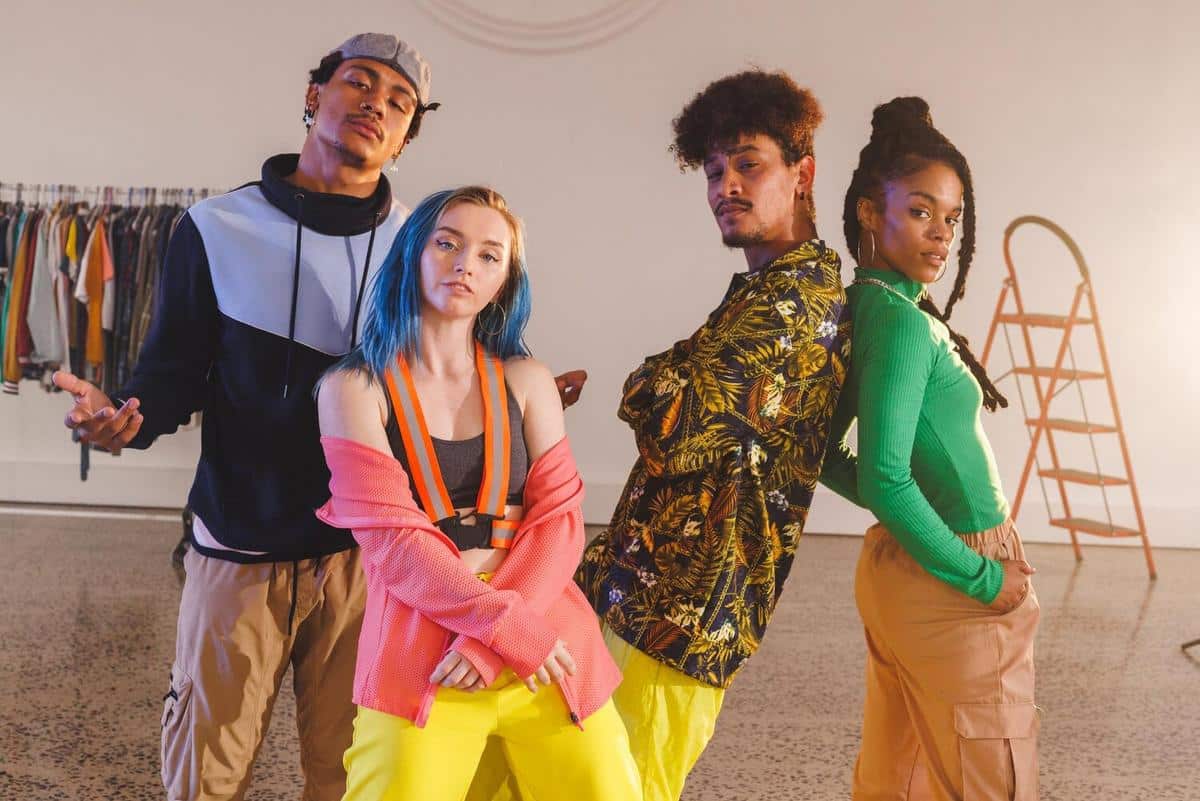
The Evolution of Traditional Garments in Contemporary Fashion
The rich tapestry of traditional garments and their evolution in contemporary fashion is a fascinating journey through time, culture, and innovation. As global boundaries blur, the fusion of traditional attire with modern design continues to shape and redefine fashion trends around the world.
The Intersection of Tradition and Modernity
Traditional garments often carry the weight of cultural heritage, yet they remain adaptable to the modern fashion scene. This intersection of old and new is not just a trend but a reflection of our ever-evolving society.
Expert Insights
Fashion historian Dr. Lucy Williams notes, “Traditional garments provide a rich source of inspiration, allowing designers to create unique narratives that resonate with contemporary audiences.” This perspective highlights the ongoing relevance and influence of cultural attire in today’s fashion industry.
Statistics on Cultural Influence
According to a survey by the Fashion Institute, over 60% of designers incorporate elements of traditional dress into their collections, demonstrating the enduring impact of cultural fashions.
Personal Anecdotes and Examples
Consider the rise of the kimono in Western fashion. Once exclusively Japanese, its adoption by global fashionistas is a testament to the garment’s versatility and timeless appeal. Designers have reimagined it in contemporary fabrics and cuts, making it a staple in many wardrobes.
Actionable Tips for Incorporating Traditional Elements
- Start with accessories: Incorporate traditional patterns or motifs through scarves or jewelry.
- Mix and match: Pair a traditional garment with modern pieces for a balanced look.
- Research and respect: Understand the cultural significance behind garments to wear them respectfully.
When integrating traditional garments into your wardrobe, consider the material and craftsmanship. They often tell a story and add depth to your fashion choices.
Comparing Traditional and Contemporary Elements
| Traditional Element | Contemporary Adaptation |
|---|---|
| Kimono | Kimono-inspired jackets |
| Sari | Sari gowns |
| Dashiki | Dashiki prints in urban wear |
| Poncho | Modern capes |
| Cheongsam | Cheongsam dresses with new cuts |
| Kaftan | Beach cover-ups |
| Turban | Head wraps with modern fabrics |
| Dirndl | Dirndl-inspired skirts |
Frequently Asked Questions
How can I respectfully wear traditional garments?
Respectful wearing involves understanding the cultural significance and history of the garment, ensuring its use is appropriate for the occasion.
Why is it important to incorporate traditional fashion?
It helps preserve cultural heritage and brings diversity to contemporary fashion.
Can traditional garments be worn in everyday settings?
Yes, many traditional garments have been adapted for casual wear, making them suitable for daily use.
Conclusion
Traditional garments in contemporary fashion offer a vibrant blend of history and innovation. As we continue to celebrate cultural diversity, these garments not only enhance personal style but also promote cultural understanding and appreciation. Embrace the richness of this fusion and let it inspire your fashion journey.


